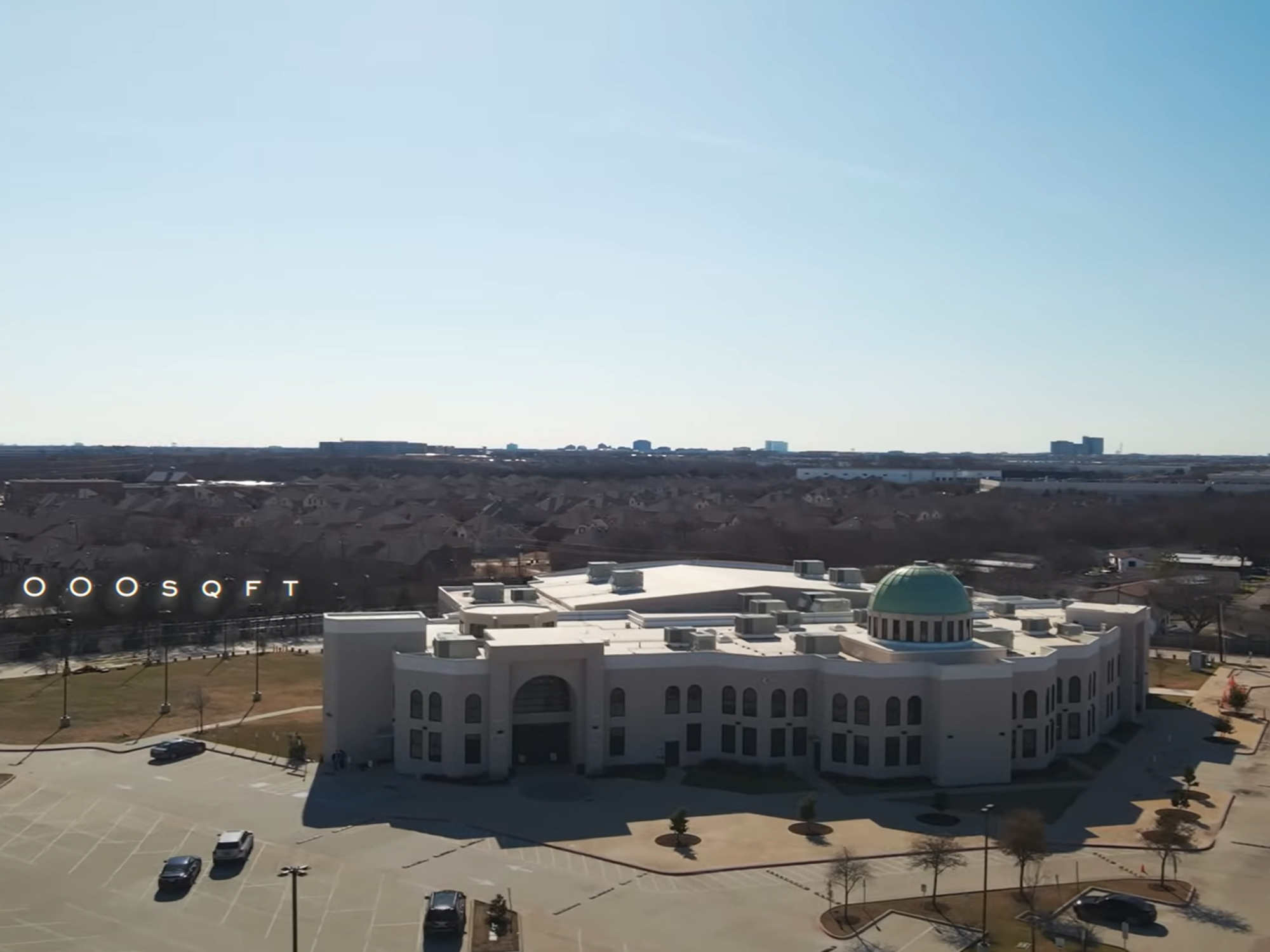Archaeology breakthrough as crews uncover message to early Christians 1,500 years ago

The mosaics feature geometric patterns and botanical designs
Don't Miss
Most Read
Archaeologists have discovered a fifth-century mosaic bearing a message to early Christians.
The artwork was uncovered in Turkey's ancient city of Olympus at a church entrance.
The inscription translates to "only those on the right path may enter here," according to Turkey's Ministry of Culture and Tourism.
The mosaic adorns the entrance to Church No1 in Olympus' ancient Kumluca district.
Gokcen Kutulus Oztaskin, associate professor at Pamukkale University and excavation director, said: "This mosaic inscription is strategically placed at the very entrance of the church."
The decorative flooring extends from the entrance into the church interior, forming part of recent archaeological finds at the site where crews have been working since 2006.
The mosaics feature geometric patterns and botanical designs throughout various areas of the building, with additional inscriptions identifying churchgoers who funded the construction.
Oztaskin said: "These finds confirm Olympus as one of the richest ancient cities in the Lycia region in terms of mosaic flooring."
LATEST DEVELOPMENTS:

Archaeologists excavating Turkey's ancient city of Olympus have discovered a fifth-century mosaic bearing a message to early Christians at a church entrance
|GETTY
He added: "Olympus continues to surprise us with its rich mosaic heritage."
The team also uncovered a residential structure built above a Roman-era cemetery.
Experts suggest the site was repurposed during the Byzantine period to accommodate expanding populations.
The dwelling, featuring stone flooring and dating to the fifth century, was apparently rebuilt following a fire in the sixth century whilst maintaining its original design.

Ruins of ancient Lycian city called Olympus
|GETTY
Discoveries included a large clay storage vessel called a pithos, now displayed at the Antalya Archaeology Museum.
Excavations will continue with plans to uncover a bishop's palace and Church No3.
Teams have already identified examples of bossage masonry, featuring protruding blocks in finely cut stone walls, suggesting the presence of a significant religious building.
The archaeological team has been examining Hellenistic, Roman and Byzantine remains at Olympus since 2006.

Olympus has established itself as one of Turkey's most mosaic-rich ancient sites
|GETTY
Future exploration includes investigating what may be a temple in the city centre.
Olympus has established itself as one of Turkey's most mosaic-rich ancient sites.
Archaeologists anticipate discovering additional patterns and inscriptions that will further illuminate the history of this ancient city.
The site continues to yield significant finds after nearly two decades of excavation work.











